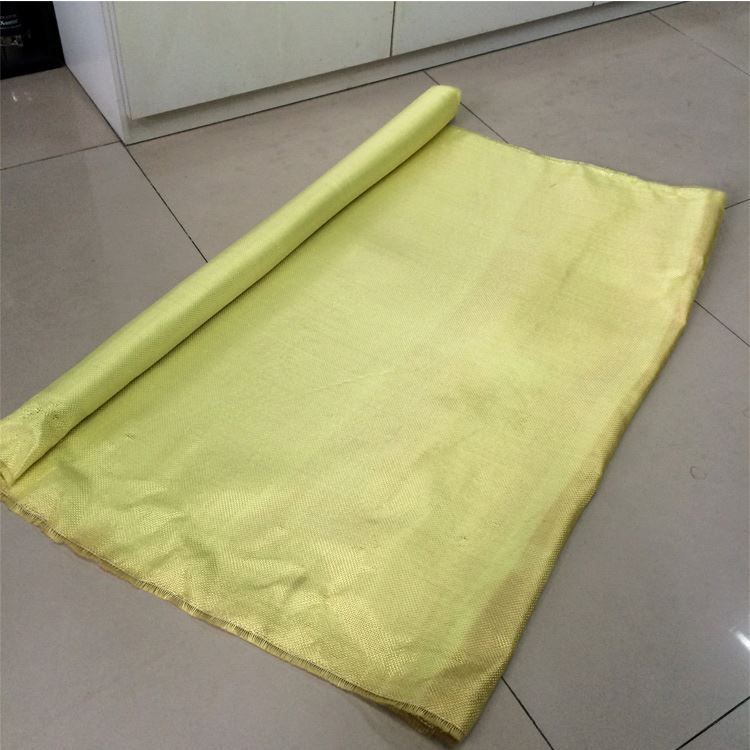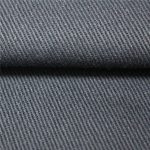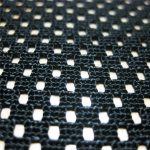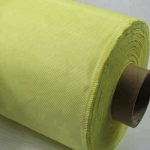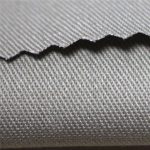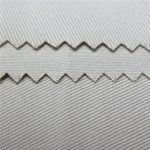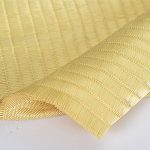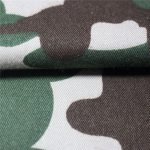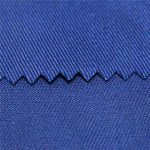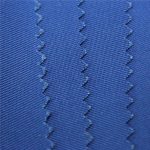Quick Details
Material: 100% Polyester
Supply Type: Make-to-Order
Type: Geotextile Fabric, Nomex Felt Fabric Rolls
Pattern: Coated, dope dying
Coated Type: HDPE Laminated
Style: Jacquard, Twill/Plain
Width: 55/56", 57/58"
Technics: Woven
Feature: Anti-Static, Blackout, Flame Retardant, Fusible, Heat-Insulation, Memory, Shrink-Resistant, Tear-Resistant, Waterproof
Use: Awning, Blanket, Felt, Garment, Home Textile, Interlining, Lingerie, Military, Sofa, Tent, Towel, Umbrella
Certification: EN, Oeko-Tex Standard 100, ROHS, SGS
Yarn Count: 20/20,20/16,10/10, 100D,200D,400D,800D,1000D, 1500D,3000D
Weight: 220gsm,260gsm,320gsm ±5%
Density: 108*58
Model Number: Nomex Felt Fabric Rolls
Color: Orange, red, navy, dark blue, Khaki
Standards: NFPA2112, EN ISO 11612, ASTM D6413
Tear strength: Warp≥35N,Weft≥35N
Shrinkage: ≤±3%
washing time: permanent
Aramid
Aramid usuallly has 2 model: Meta Aramid and Para Aramid.
Meta Aramid possess excellent heat stability, flame retardance, electric insulation, chemical stability, radiation resistance.
Para Aramid possess extremely high strength.
Meta Aramid Fiber
Color: Natural white
Solution dyed/Dope dyed
Meta aramid fiber can works normally at 206’C for long term. No ignition, no melting or dripping.
Application: Filtration fabric; sewing thread, felts, knitted fabrics. The solution dyed/dope dyed fiber usually be used in applications requiring superior colour fastness.
Producer-colored fibers are colored during the fiber-making process, while piece-dyed fabrics are colored after the fabric is woven together. Producer-colored fibers generally have better color stability to light and heat exposures. Piece-dyed products tend to come in a wider variety of shades
Meta Aramid Fabric ( woven fabric, knitted fabric, mesh )
-100% Meta aramid yarn and sewing thread
-95% Meta aramid + 5% Para aramid
-93% Meta aramid + 5% Para aramid + 2% Carbon fiber
-100% Para aramid
-100% Kermel
-50% Meta aramid + 50% Lenzing FR
-50% Kermel + 50% Lenzing FR
-Meta aramid + Wool
-Lenzing FR + Wool
Other blending ratio
About Aramid Fabrics
| 1 | What is Aramid fiber Fabric ? |
| Aramid fiber is a strong, heat-resistant fiber formed of polymers with repeating aromatic groups branching from a carbon backbone. In the polyamide fibers, at least 85% of the amide linkages are attached directly to two aromatic rings. Two types of Aramid materials are used in. Meta Aramid paper which is used for making honeycomb core materials required for sandwich construction Para- Aramid fibers are made by the solution polycondensation of diamines and diacid halides. The oriented Para substituted aromatic units provide a rod like polymer. The rod like structure results in a high glass transition temperature and poor solubility. They are not spinnable by conventional process and hence they are made by the dry- jet wet spinning of liquid crystalline polymer solutions. | |
| 2 | Why Aramid Fabric is used ? |
| High tensile strength, good impact strength, low density lighter than glass, excellent toughness, high abrasion resistance, excellent resistance to fatigue, good wear resistance, negative axial coefficient of thermal expansion. | |
| 3 | Where Aramid Fabric is used ? |
| They are used in aerospace and military applications, for ballistic rated body armor Fabric and ballistic composites, High performance, low weight, flexible armour e.g. Body armour Flak jackets. Anti-ballistic composites e.g. mobile screens Helmets Spall linings Primary armour Insert plates Bomb blankets Vehicle armour. | |
| 4 | When Aramid Fabric is used? |
| Aramid fibers are known for their large hardness and resistance to penetration. Because of their toughness Aramid fibers are used where high impenetrability is required, e.g. bulletproof vests, bike tyres, airplanes wings, and sport equipment. . Aramid is characterized by its excellent resistance to heat, as it neither melts nor ignites in normal levels of oxygen. Aramid is used extensively in the production of protective apparel, air filtration, thermal and electrical insulation. |

